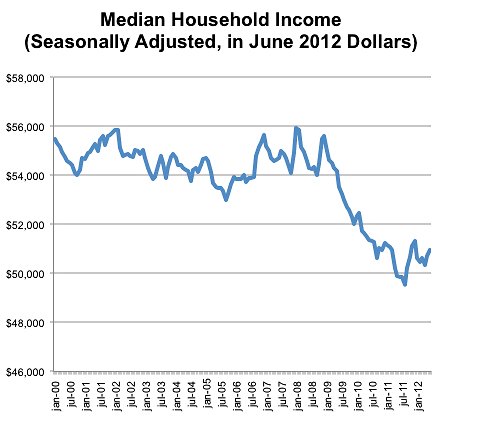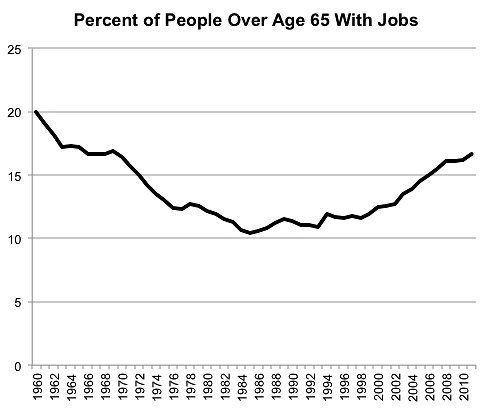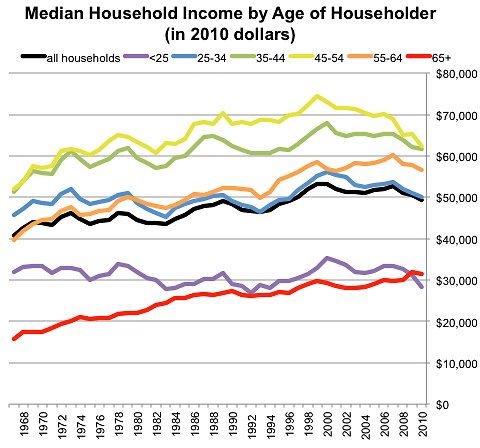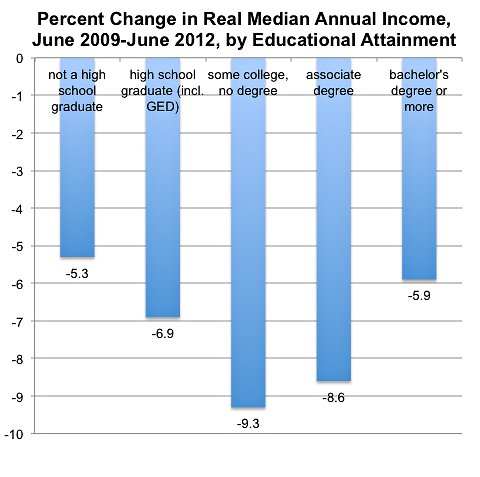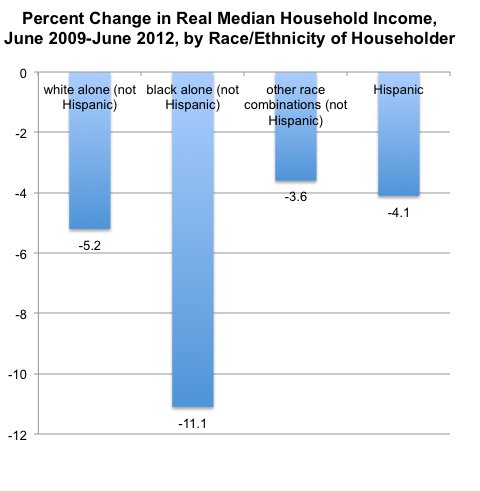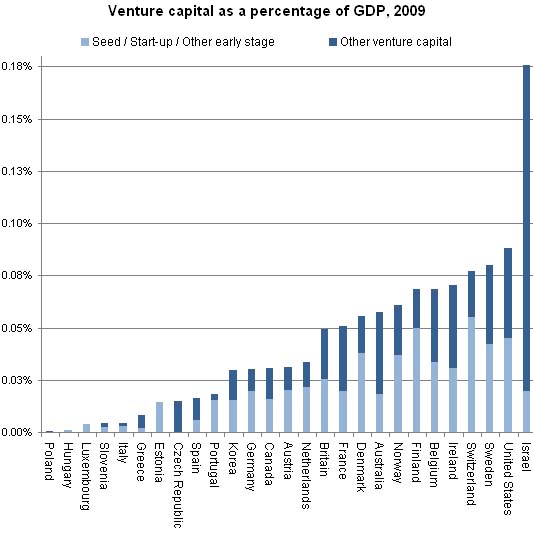First, he needs more people in the warmer months. He also has to consider where his jobs are and how long it will take his workers to drive from one job to another. Some jobs take longer than others, because vacuuming and scrubbing take more time than chemical treatments. Plus, he said, “Everyone wants their residential pool service on Friday.”
Of course, like most business owners, Mr. Johnson always wants to avoid having too many people and not enough work.
“Determining when and how many employees to hire is a bit tricky for our business as the demand for services varies based on account growth, seasonality, geography of homeowner addresses and customer requests,” said Mr. Johnson, who started the company four years ago.
Many small-business owners remain skittish about hiring. The National Federation of Independent Business reported that nearly 80 percent of small, private companies made no hiring changes in July and 12 percent let workers go.
Especially after the recession, many owners have been reluctant to spend the money to hire workers, especially if there’s a chance demand will recede and the workers will have to be laid off. The on-again, off-again recovery hasn’t helped. And with small businesses representing 49.2 percent of private sector employment, according to the Small Business Administration, this reluctance has inevitably had an impact on unemployment rates.
Some owners have turned to paying overtime, which makes it easier to scale back if demand slips. The downside is that it can be expensive and it can lead to an overworked staff.
For example, the work force at Narragansett Creamery in Providence, R.I., has grown slowly even as more customers are drawn to the company’s homemade yogurt and cheeses, said Mark Federico, the owner. Started in 2007, the company has grown to a staff of 30.
“We found that if we worked too many hours for too long a period of time, people get burned out,” Mr. Federico said. “People need days off. It’s not scientific, and we’re not right all the time.”
Based on the experiences of owners like Mr. Johnson and Mr. Federico, this small-business guide looks how owners determine when it’s time to hire.
HOURS WORKED Mr. Johnson said he ran his employment numbers weekly, as clients were added and lost, to ensure he had enough people. He uses a spreadsheet to help him decide when the company can support the wages of new employees.
He keeps careful count of the number of pools the company cleans and the hours required for each job. He separates residential jobs, which typically require 30 minutes of time, from those at commercial pools, which can take two hours.
To calculate the required number of employees, Mr. Johnson estimates the number of hours required to clean all client pools and divides that by a standard 40-hour workweek. When the result is greater than the number of employees on staff, he makes a new hire.
THE PAYROLL PERCENTAGE Earlier this year, when there was a surge in demand for swimming lessons at SwimLabs, in Highlands Ranch, Colo., Michael Mann was taken by surprise. Suddenly, the 15 full-time employees he keeps during the off-season — as opposed to 25 or more during spring and summer — were not enough.
Opened in 2006, SwimLabs offers one-on-one lessons to children and adults. All students are videotaped and analyzed as they take their strokes in small pools equipped with water jets.
The company saw the same surge in business after the 2012 Summer Olympics.
“The Olympics always elevates the sport,” said Mr. Mann, who holds several masters swimming records. His business got an extra boost because the four-time gold medalist Missy Franklin lived nearby.
To decide how many instructors he needed to hire, Mr. Mann looked at monthly gross earnings and calculated that the payroll should consume a maximum of 25 percent of his operating costs. If he generates an additional $10,000 a month in revenue, he knows he can afford another instructor who is paid $2,500 a month. As a result, Mr. Mann started hunting for two more part-time instructors.
CALL VOLUME Growth can be deceptive. Sometimes, efficiencies may keep three times as many customers from meaning three times as much work. That is a lesson learned by Hudl, a company in Lincoln, Neb., that builds video analysis tools for coaches in 20 different sports, allowing them to break down plays and share them with their players.
The company’s big market is high school football. In the 2011 season, its six-person service team went from working with 2,000 teams to working with more than 6,600. “We were staying up all night” to manage problems like software bugs, said Bryant Bone, who heads the support team. Clearly, Hudl needed help.

Article source: http://www.nytimes.com/2013/08/29/business/smallbusiness/figuring-out-when-its-time-to-add-an-employee.html?partner=rss&emc=rss

